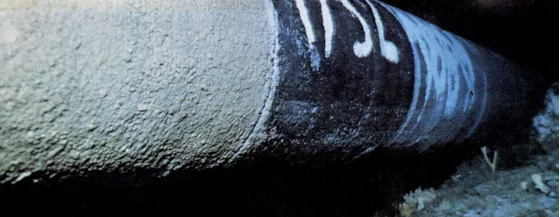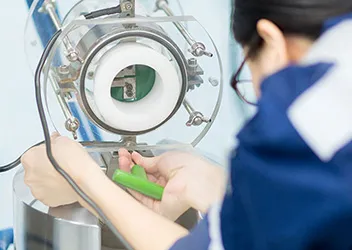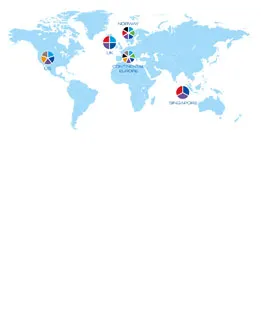Failure analysis and failure investigation
Failure analysis - helping you to determine the cause of failure and prevent future incidents
Failure analysis
Failure analysis is a structured approach used to determine the immediate cause of a failure and help identify contributing factors. It helps the asset operator understand future risks, assess mitigating actions, and provide unbiased information to stakeholders.
Failure analysis is a key part of the integrity management system, and the collection of failure data can assist in the safe continued operation of ageing assets.
DNV has specialized laboratories for failure analysis in Norway (Oslo and Bergen), UK (Loughborough), Singapore and US (Columbus, OH).
Failure investigation
Failure analysis may support a broader incident investigation – or failure investigation – and so forms part of an effective safety management system.
Root cause analysis
A broader failure investigation may require a root cause analysis (RCA) to identify weaknesses or gaps within a management system. A root cause analysis can help define corrective actions, prevent recurrence and save costs in the future.
DNV experts have carried out failure analysis of several thousand components in the oil and gas, renewables, and maritime industries. The services offered range from failure analyses of small objects (valves, bolts, etc) to large high profile failure investigations such as the Deepwater Horizon BOP after the Macondo blow-out.
Failure investigations carried out by DNV have involved:
- Offshore pipelines
- Onshore pipelines and distribution systems
- Offshore structures
- Subsea equipment
- Ships
- Process plants (pressure vessels, equipment, pipework)
- Compressors
- Machinery
- Wind turbines
- Many other industries (aviation, automotive, rail, etc.).
Failure investigations by DNV laboratories
We combine industry experts with domain knowledge of the asset, material and operations, with a global network of materials laboratories, to quickly and accurately diagnose the cause of failure. We can perform engineering analysis, geotechnical and structural analysis, or even undertake full-scale testing at Spadeadam Research and Testing, to support the failure investigation, before finally making practicable suggestions to prevent recurrence.
Our laboratories can quickly deploy a response team to the failure site for initial documentation and information gathering and evidence preservation. The critical components are then transported to one of our global laboratories for additional testing germane to the failure investigation. We can manage the failure analysis from the laboratory closest to you, but will use our network to provide a comprehensive service leveraging the global expertise of DNV. A failure analysis can also be initiated when a you send a failed part to one of our teams.




